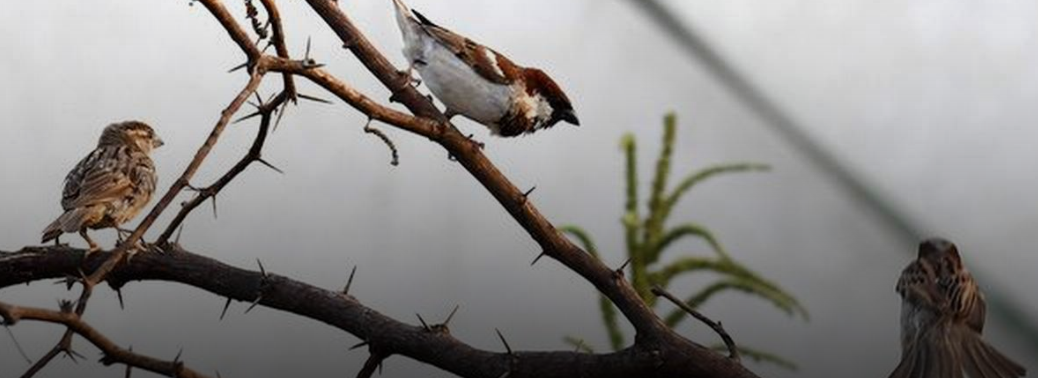Where the house sparrows nest: preference shifts to packed places
21, Mar 2019

Prelims level : Animal Species
Mains level : GS - III
- A study on the nesting habits of the house sparrow in the Nilgiris has highlighted certain interesting behavioural changes among the birds, and also outlined a few causes of concern for their future conservation.
- According to the study different types of nests, made of PVC pipes, wooden boxes, bamboo pieces, shoe boxes, mud pots and also tailor-made bird boxes in
- three different locations where the birds were found in Udhagamandalam.
- The researchers discovered that even though the nests kept in the market area had higher footfall from humans, and was busier, the birds preferred to nest in these areas, populating the nests in around 3-4 days after they were first kept there.
- On International Sparrow Day, the researchers urged the public to adopt strategies which will allow more sparrows to thrive in residential areas, ensuring that there are more chances of breeding among the different populations and more genetic diversity among the birds.
Declining Population
- The sparrow, especially the common house sparrow is one of the oldest companions of human beings.
- But its population is declining for various reasons such as destruction of its habitat, lack of insect food for the young and the increasing microwave pollution from mobile phone towers.
March 20 – World Sparrow Day
- WSD is an international initiative by the Nature Forever Society of India (NFSI) in collaboration with the Eco-Sys Action Foundation (France) and also numerous other national and international organisations across the world.
- The first WSD was organised in different parts of the world in 2010. In 2012, then Delhi Government had launched campaign called “Rise of Sparrows” aimed at conservation of House Sparrow among other birds.
- It was also declared as the ‘state bird’ by then Delhi for its conservation.






